Understanding Shopping Addiction
Shopping addiction, or compulsive buying disorder, affects a significant portion of the population. It is a behavioral addiction akin to substance abuse, characterized by an uncontrollable urge to shop regardless of the need or consequence. This compulsion not only results in financial distress but often leads to emotional turmoil and strained relationships. Understanding the underlying causes and identifying the tell-tale signs of shopping addiction are crucial steps in reclaiming control over one’s spending habits.
Identifying the Signs and Causes of Shopping Addiction
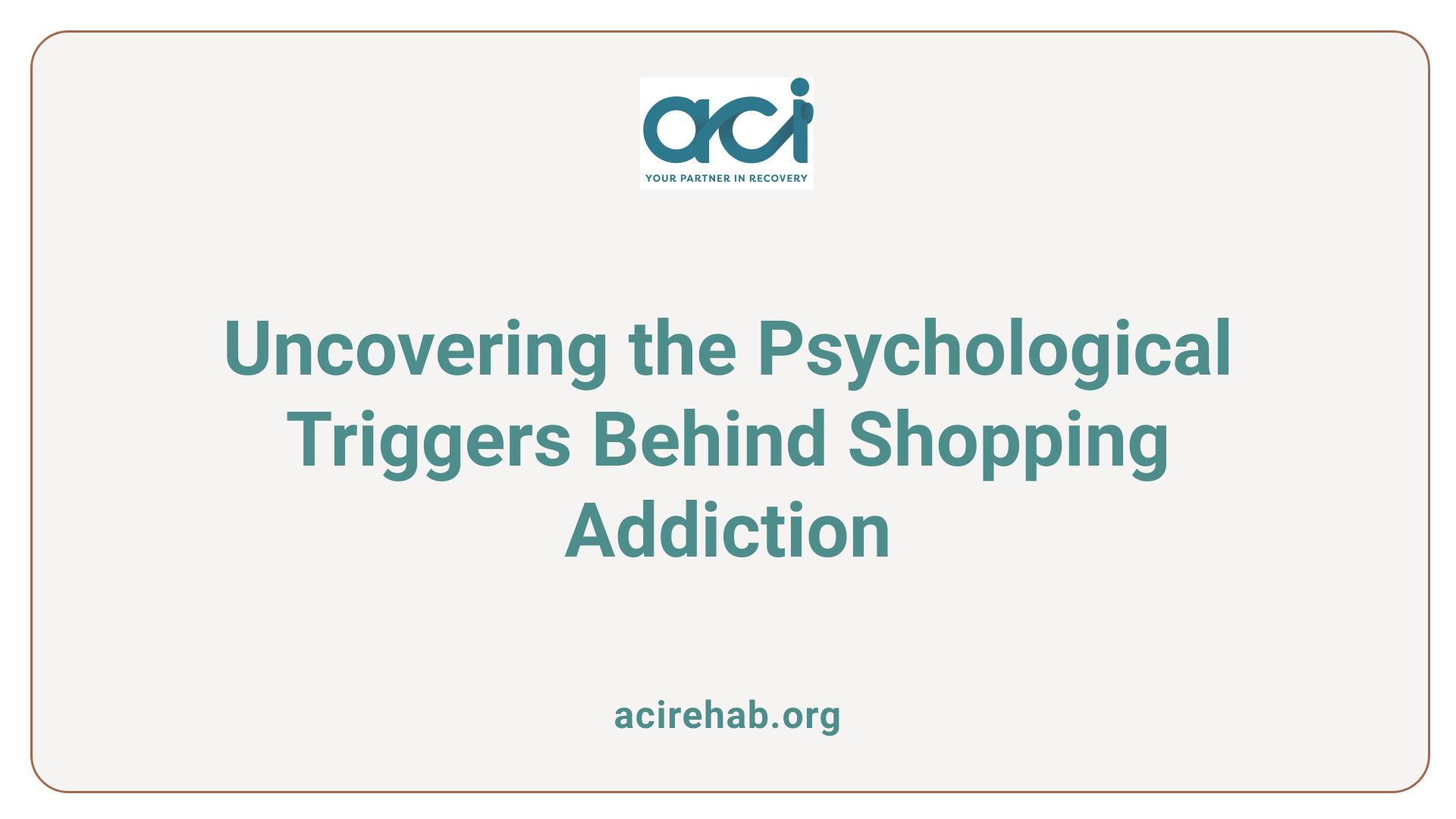
What are the signs and causes of shopping addiction?
Shopping addiction, known clinically as compulsive buying disorder or oniomania, manifests through a cycle of uncontrollable purchasing behavior that often leads to adverse repercussions in various life domains. One of the most alarming signs of this addiction is the compulsive need to shop, even when seasonal goods or items are not needed. Other warning signs include:
- Unmanageable spending beyond one’s means
- Preoccupation with shopping, neglecting crucial responsibilities
- Emotional spending linked to anxiety, depression, or stress
- Feelings of guilt or regret post-purchase
- Secrecy about spending habits, such as hiding purchases
- Deteriorating relationships or financial health due to shopping habits
The causes of shopping addiction often intertwine emotional triggers and societal pressures. Common factors contributing to this disorder include:
- Emotional distress: Many individuals shop to cope with feelings of loneliness, sadness, or boredom. This temporary relief can lead to a cycle where they continually seek the same comfort through shopping, worsening their emotional state over time.
- Societal influences: Advertising and cultural norms that link happiness with material possessions reinforce compulsive behaviors, making it harder for individuals to resist urges to shop.
- Psychological factors: Low self-esteem and mood disorders are prevalent among those affected; in fact, around 95% of compulsive shoppers experience mood-related issues.
As financial strain escalates due to continuous overspending, many shoppers fall deeper into the cycle, leading them to conceal their shopping habits or dismiss essential obligations. Addressing these underlying issues often requires structured treatment, such as cognitive behavioral therapy (CBT), that helps individuals adopt healthier coping mechanisms.
Practical Strategies to Stop Compulsive Spending
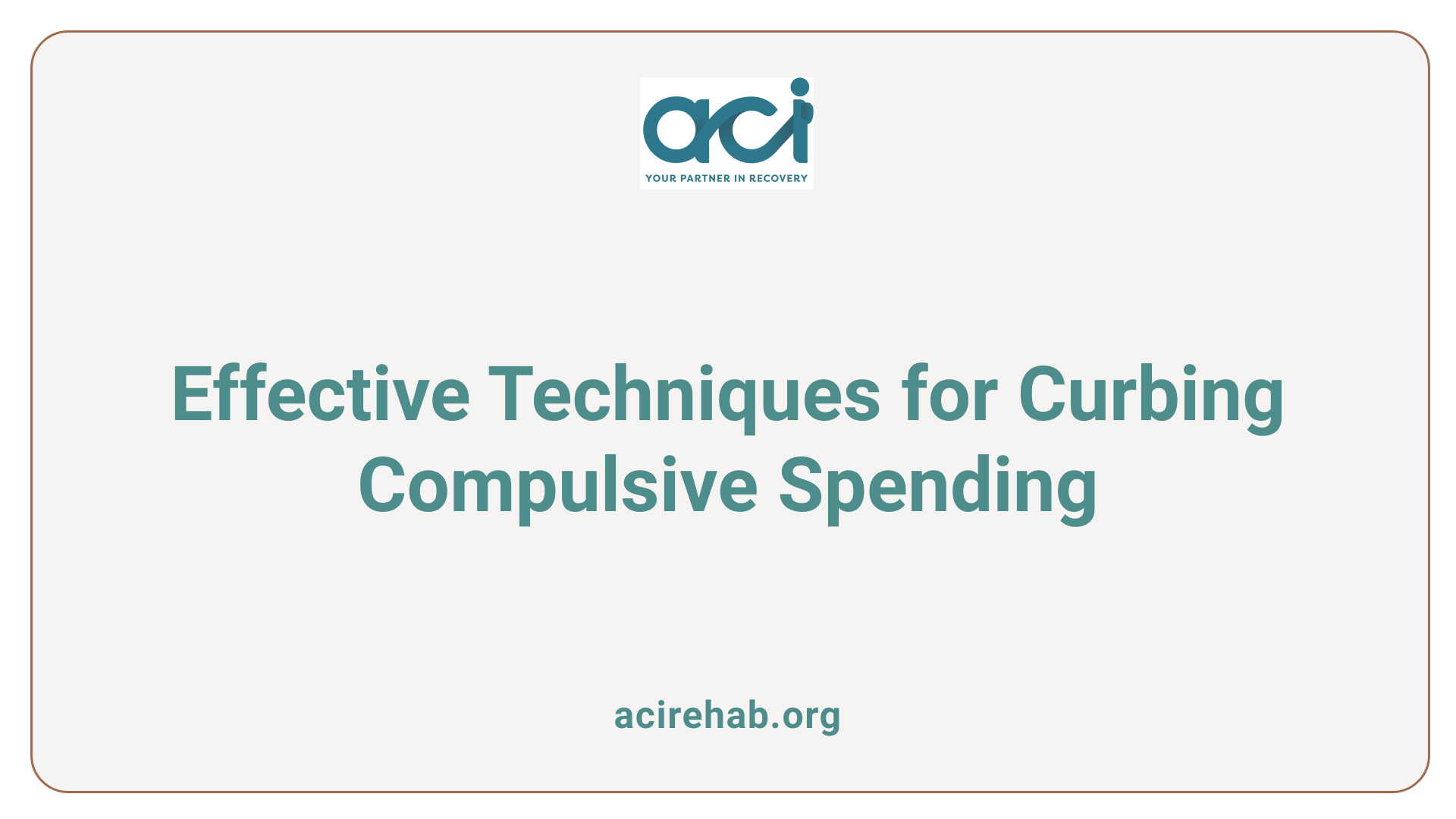
How can I stop compulsive spending?
Compulsive spending can be a challenging habit to break, but there are effective strategies to regain control over your finances. One of the first steps is to use cash instead of cards. Carrying cash limits the amount you can spend, as it creates a tangible connection to your finances, reducing the likelihood of impulse purchases. Additionally, track your spending habits diligently. By documenting what you buy and when you spend, you can identify triggers that lead to compulsive shopping, which are often linked to negative emotions such as stress or sadness.
Techniques to prevent impulsive purchases
To minimize the temptation to shop impulsively, set a strict budget and adhere to it. It’s advisable to avoid shopping immediately after receiving a paycheck or just before bill payments, as this can lead to unnecessary spending. The 30-day rule can also be helpful: pause for 30 days before making any non-essential purchases to see if the urge subsides.
Additionally, seeking support through therapy or support groups can provide accountability and strategies catered to your specific struggles. Substitute your shopping urges with alternative activities, like engaging in hobbies, exercising, or volunteering. These activities can distract you from spending urges while providing fulfilling experiences. By implementing these strategies, you can create a path toward healthier financial habits.
Breaking the Cycle: Coping Mechanisms for Shopping Obsession
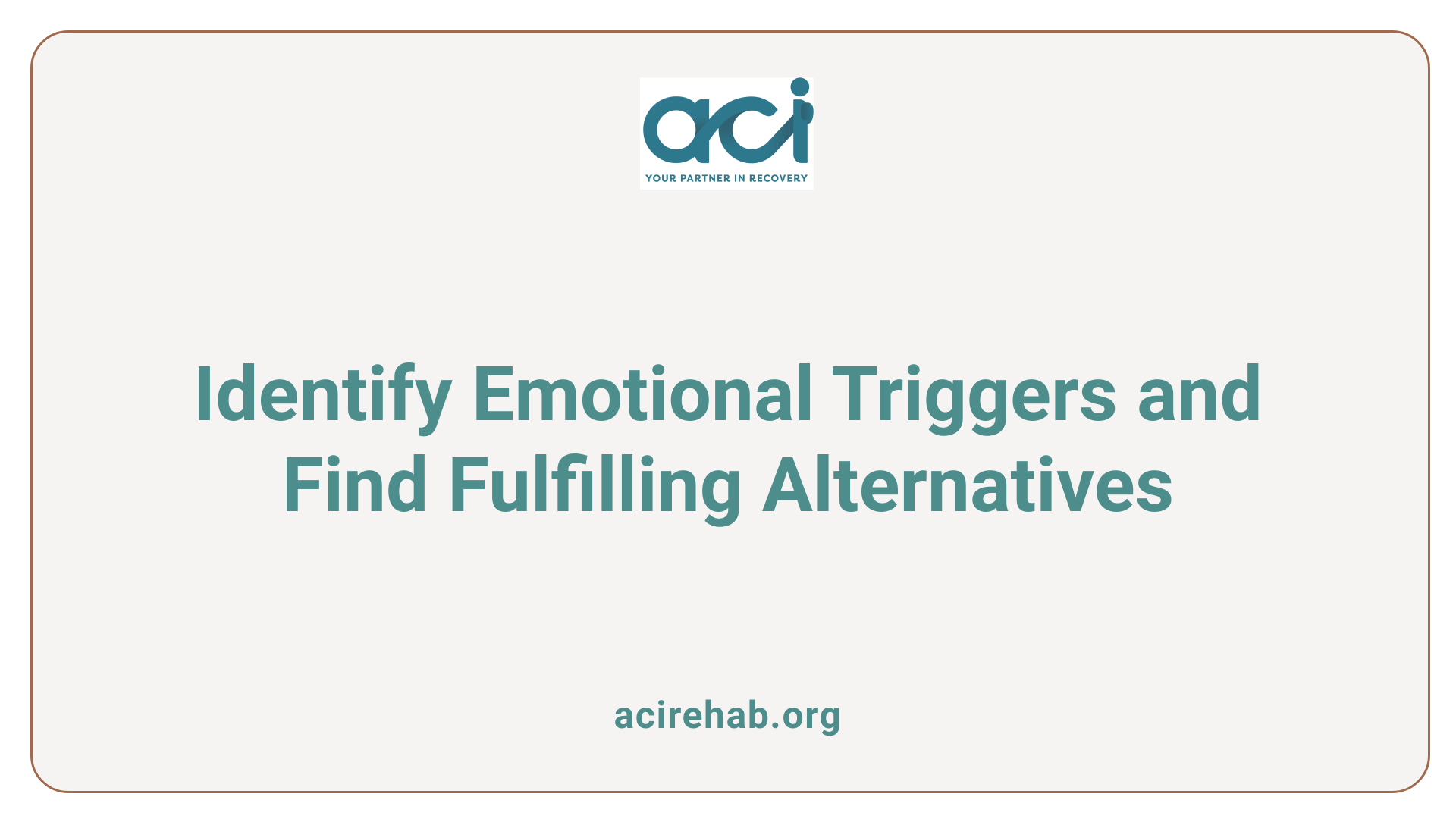
Identifying and Addressing Emotional Triggers
Understanding the emotional triggers behind compulsive shopping is essential for breaking free from the cycle. Common triggers include stress, anxiety, and feelings of loneliness or boredom. By recognizing these emotional cues, individuals can start to address the root causes of their shopping habits. Keeping a journal to document emotions and shopping patterns can help shine a light on the connections between feelings and spending behavior.
Once identified, consider strategies that tackle these emotional triggers directly. This might involve speaking with a therapist who specializes in behavioral addictions or implementing mindfulness practices to enhance self-awareness. Reflection on personal motivations for spending can clarify whether purchases are truly enjoyable or merely a fleeting escape from negative feelings.
Alternative Activities to Fulfill Shopping Urges
To effectively combat the urge to shop, engaging in alternative fulfilling activities can be beneficial. These can include:
- Exercising: Regular physical activity can boost endorphins and reduce stress, addressing emotional needs without the need to spend.
- Journaling: Writing about feelings and daily experiences can provide an emotional outlet, helping to alleviate the urge to shop as a coping mechanism.
- Hobbies: Explore new interests such as painting, cooking, or gardening, which can occupy time and distract from shopping urges.
- Socializing: Spending time with friends and family can fulfill emotional needs for connection and support, offering an alternative to shopping.
By combining these strategies with awareness of triggers, individuals can achieve significant progress in overcoming their shopping obsession. Through conscious effort and support, it is possible to reclaim control over spending habits.
Pathway to Recovery: Overcoming Shopping Addiction
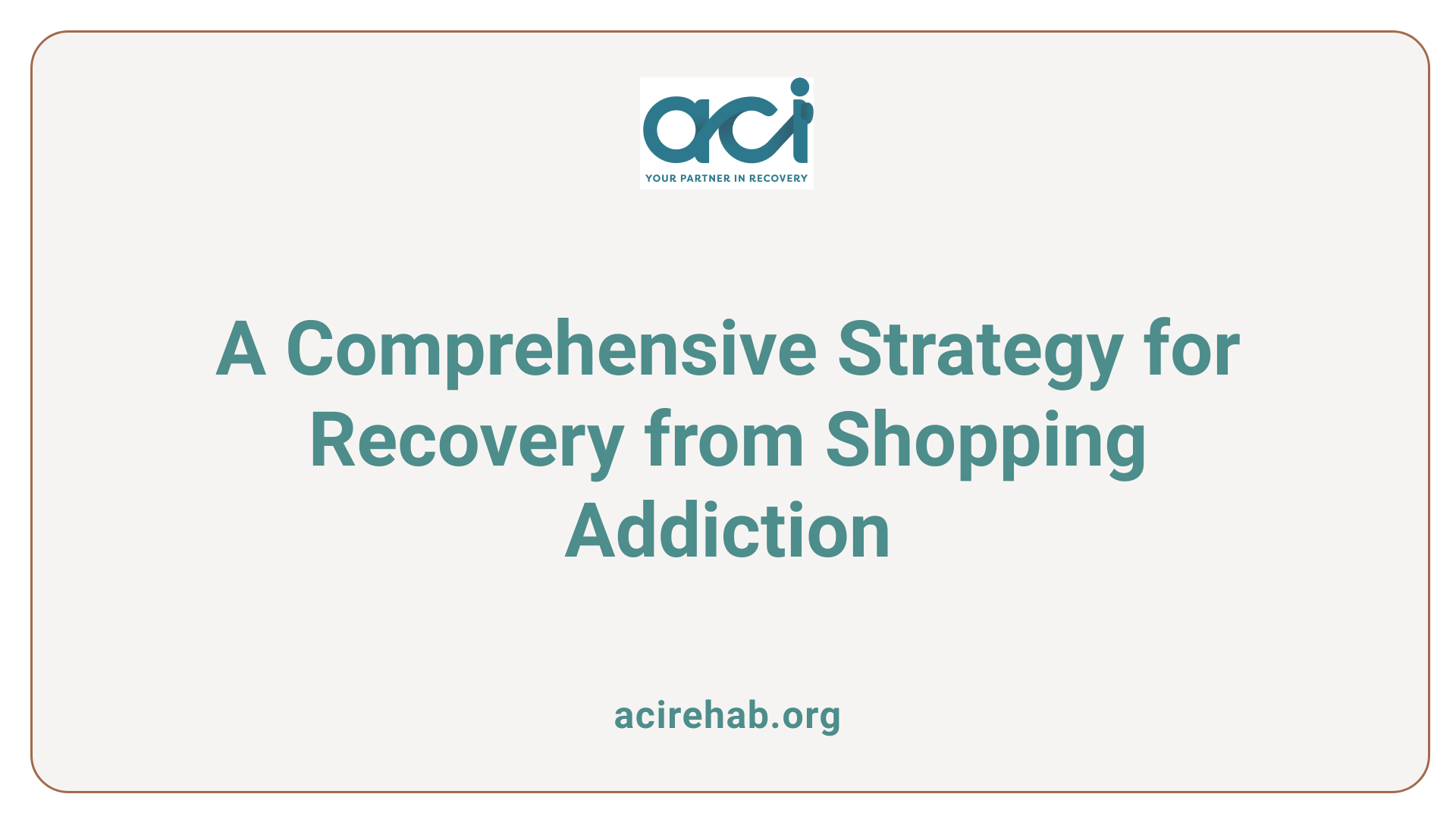
How can I recover from being a shopaholic?
Recovering from shopping addiction requires a comprehensive strategy that addresses both the emotional and financial aspects of the disorder. The journey begins with recognition. Individuals need to understand the signs of compulsive buying, such as utilizing shopping as an emotional escape or feeling guilt after unnecessary purchases. Once this recognition happens, it’s essential to seek professional help.
Cognitive Behavioral Therapy (CBT) is frequently recommended. This therapy assists individuals in identifying the triggers leading to compulsive behaviors and helps to develop healthier coping mechanisms. It aims to change thought patterns and establish a new relationship with shopping. On the financial side, financial counseling can guide individuals in creating and sticking to a budget, removing financial stressors that may perpetuate the cycle of addiction.
Incorporating support groups into recovery is also vital. Groups like Shopaholics Anonymous offer a community of understanding, providing a safe space for individuals to share experiences and strategies. Engaging with loved ones about the struggle can create accountability, making it easier to navigate withdrawal from compulsive shopping behaviors.
Overall, the pathway to recovery from being a shopaholic is rooted in acknowledgment, professional guidance, and community support. With these elements, individuals can regain control of their lives, reinforcing their emotional and financial well-being.
Understanding the Psychological Underpinnings of Shopping Addiction
Role of dopamine in compulsive shopping
The brain’s reward system plays a crucial role in compulsive shopping, with dopamine being a central player. This neurotransmitter is associated with feelings of pleasure and euphoria. When an individual makes a purchase, dopamine is released, creating a temporary high that reinforces the behavior. Unfortunately, much like substance dependence, this cycle can lead to a craving for shopping to replicate that initial feeling of satisfaction, perpetuating the addiction.
Psychological factors contributing to addiction
Shopping addiction is often intertwined with various psychological issues. Many individuals turn to shopping as a coping mechanism to address emotional distress, low self-esteem, anxiety, or depression. They may feel a brief sense of relief or happiness while shopping, leading to compulsive behavior to escape negative feelings. Additionally, cultural and societal influences, including advertising, can drive the belief that happiness equates to material goods, further complicating the ability to resist shopping urges. Understanding the emotional triggers and underlying psychological conditions is vital for those seeking to break free from compulsive shopping.
Societal and Cultural Influences on Shopping Behavior
Impact of Advertising and Societal Norms
Societal norms and advertising significantly shape our shopping behaviors. The constant bombardment of advertisements creates an environment where purchasing is equated with happiness. Many people are exposed to marketing messages that suggest they need certain products to attain a fulfilling life. This pervasive messaging reinforces the idea that material possessions enhance self-worth and social status.
Advertising often targets emotions, leading consumers to associate shopping with happiness, making it easy to overlook financial consequences. As a result, individuals may develop compulsive shopping behaviors to chase fleeting feelings of euphoria, further entrenching them in the cycle of distress and spending.
Cultural Pressures Causing Compulsive Shopping
Cultural factors also play a crucial role in fostering compulsive shopping behaviors. In many cultures, particularly in consumer-driven societies, there exists a social pressure to keep up with peers through material possessions. This comparison can trigger feelings of inadequacy and loneliness, prompting individuals to shop as a means of coping.
Additionally, societal trends that glamorize consumption—as seen in social media influencers and celebrity lifestyles—fuel the desire to purchase increasingly expensive items, pushing individuals deeper into addictive shopping patterns. Awareness of these cultural influences may help in developing strategies to mitigate compulsive shopping urges.
Types of Shopping Addiction and Their Specific Characteristics
Different Manifestations of Compulsive Buying
Shopping addiction, also known as compulsive buying disorder, manifests in various ways. Here are some common types:
- Impulse Buying: This behavior involves making unplanned purchases without considering the financial repercussions. It’s often driven by immediate desire rather than necessity.
- Bargain Hunting: Shoppers may buy items simply because they are on sale, feeling a thrill from the perceived savings rather than the item’s actual value to them.
- Collector’s Addiction: Individuals in this category focus on completing specific collections, sometimes regardless of cost, leading to significant, unnecessary expenditures.
- Binge Shopping: This behavior consists of long shopping sprees, often resulting from emotional highs followed by deep lows.
- Bulimic Shopping: Characterized by a pattern of impulsively buying items followed by feelings of remorse and returns.
Recognizing Various Shopping Behaviors
It’s crucial to recognize the signs associated with these shopping behaviors, including:
- Emotional Spending: Buying goods to cope with feelings such as sadness or loneliness.
- Financial Irresponsibility: Continually exceeding budget limits or ignoring debt due to shopping impulses.
- Secrecy and Guilt: Exhibiting shame over purchases and hiding spending habits from others.
Understanding the specific characteristics of shopping addiction helps in identifying the problem and seeking proper help.
Addressing Online Shopping Addiction
Triggers for Online Shopping Addiction
Online shopping addiction often stems from emotional triggers such as stress, loneliness, or boredom. Many individuals resort to shopping online to cope with these negative feelings, creating a cycle where short-term relief is found through purchases, followed by longer-term guilt and financial distress. Recognizing these emotional triggers is crucial for managing compulsive shopping behaviors.
Techniques to Curb Online Spending
Several effective strategies can help individuals regain control over their online shopping habits:
- Set a budget: Establishing a monthly spending limit can help curb excessive purchases.
- Identify triggers: Understanding what prompts your desire to shop can prevent impulsive buying.
- Delay purchases: Implementing a waiting period before making any online purchases encourages reflective decision-making.
- Unsubscribe from marketing emails: Removing temptation by not being bombarded with sales promotions may reduce the urge to shop.
- Delete shopping apps: Reducing access to shopping platforms can significantly decrease impulsive spending.
- Seek support: Encouraging friends or family to hold you accountable can be immensely beneficial.
These techniques aim to enhance mindfulness around spending, assisting individuals in overcoming online shopping addiction.
Personal Stories and Experiences in Recovery
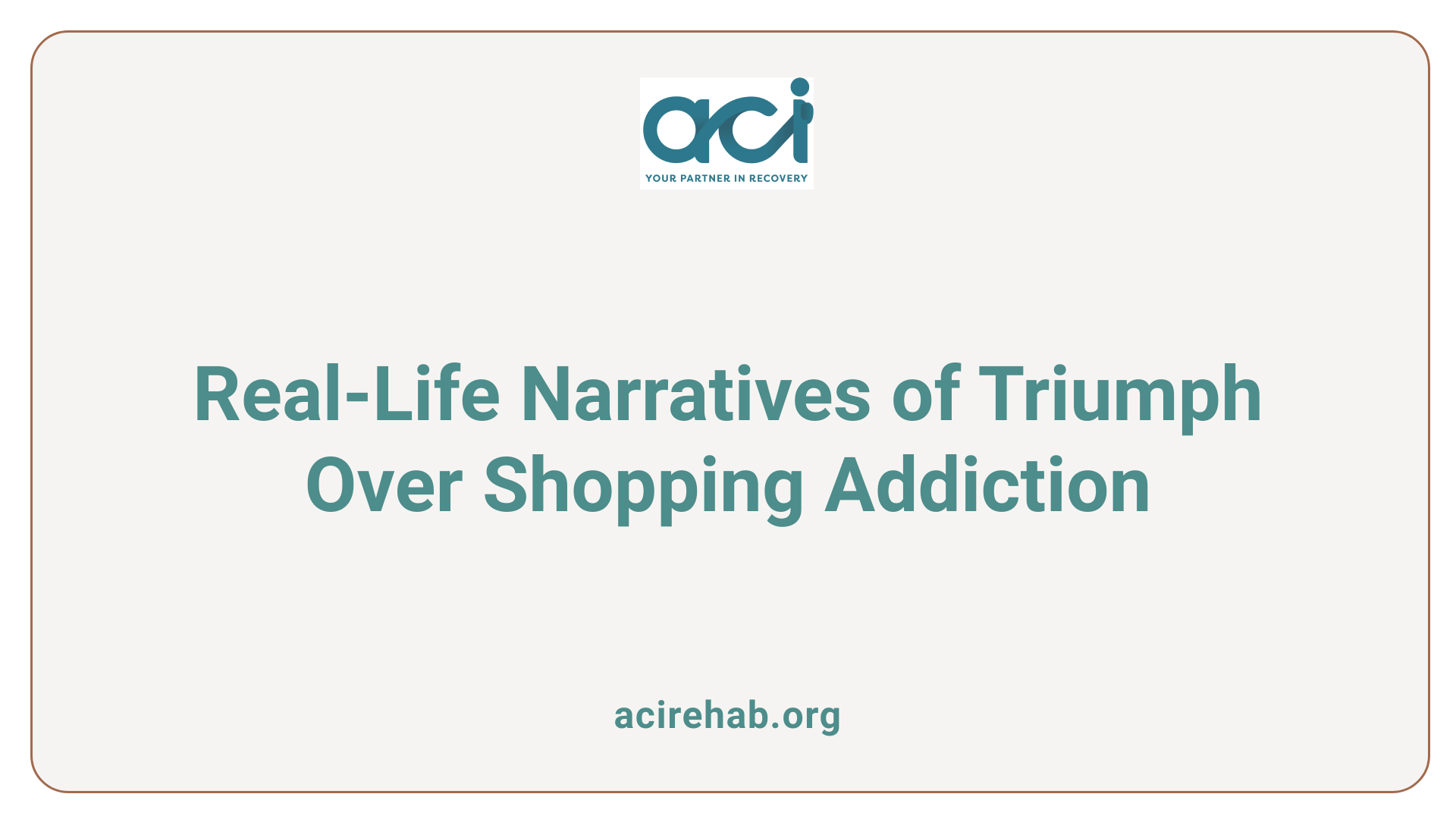
Personal Narratives of Overcoming Shopping Addiction
Personal stories from individuals who have faced shopping addiction often highlight the emotional struggles behind their compulsive spending. For example, Avis Cardella shared her experience of using shopping as a coping mechanism to deal with grief following her mother’s death. She recounted the rush of happiness she felt during purchases, quickly followed by feelings of guilt and disappointment once the momentary high faded.
Such narratives illustrate a common theme among those in recovery: the journey often involves recognizing harmful patterns and the underlying emotional triggers leading to compulsive shopping. Many individuals report that their recovery began with acknowledging the addiction and seeking help, whether through therapy or support groups.
Insights from Those in Recovery
Those who have successfully navigated their recovery typically emphasize the importance of building a support network. Individuals often recount how sharing their struggles with friends or family provided accountability and much-needed encouragement. Moreover, many found success in practical strategies such as setting budgets, deleting shopping apps, and practicing mindfulness to redirect impulses.
Insights from these recovery journeys also often stress the necessity of addressing emotional issues. By engaging in therapeutic practices, individuals learn to manage the feelings of anxiety and sadness that fueled their shopping habits. This holistic approach ultimately aids in fostering healthier coping mechanisms and reducing the urge to shop compulsively.
Steps Toward a Healthier Financial Lifestyle
Overcoming shopping addiction requires a deep understanding of its causes and effects. With the right strategies and support, individuals can regain control over their finances and lead a healthier lifestyle. By incorporating psychological insights, practical spending tips, and recovery support, overcoming this addiction is achievable. Establishing a balanced approach to spending and recognizing emotional triggers are continuous processes that bring both personal and financial growth. Seek support from professionals and connect with those who understand the journey. It’s crucial to acknowledge the problem and commit to making positive changes for lasting recovery.
References
- Compulsive Buying Disorder: When Shopping Addiction Becomes a …
- Shopping Addiction: Signs, Types & Causes – Sierra Vista Hospital
- How To Tell if You’re Addicted To Shopping
- How to fight a shopping addiction – Get Rich Slowly
- Practical Ways on How to Stop Shopping Addiction | BlockSite
- A Psychologist Offers Advice On How To Overcome Shopping …
- Shopaholic No More: 10 Ways to Kick Your Shopping Addiction
- Shopping Addiction: Signs, Causes, and Coping – Verywell Mind
- Dealing with a Shopping Addiction | White Coat Investor

